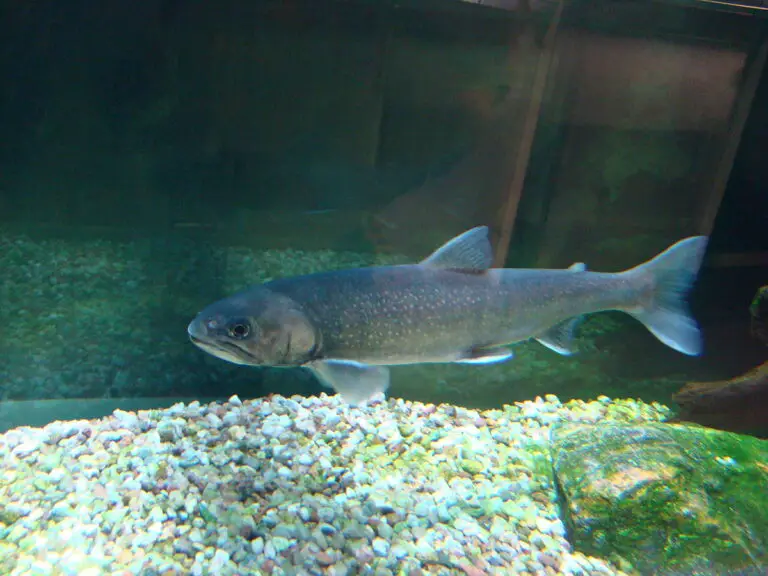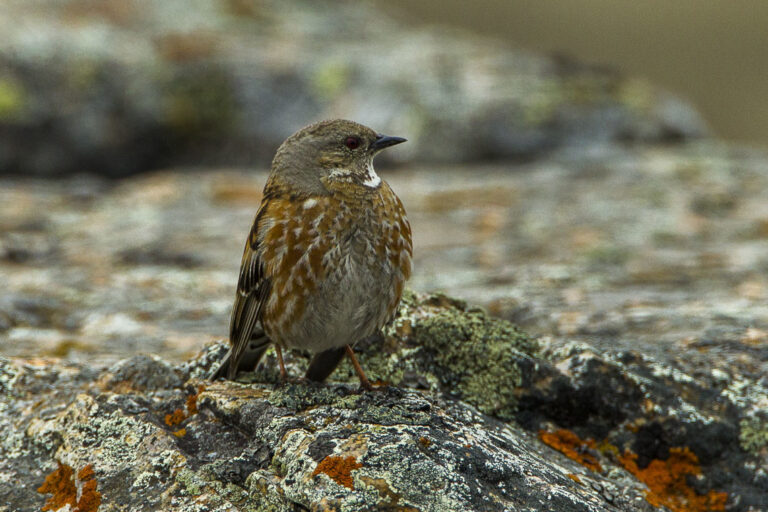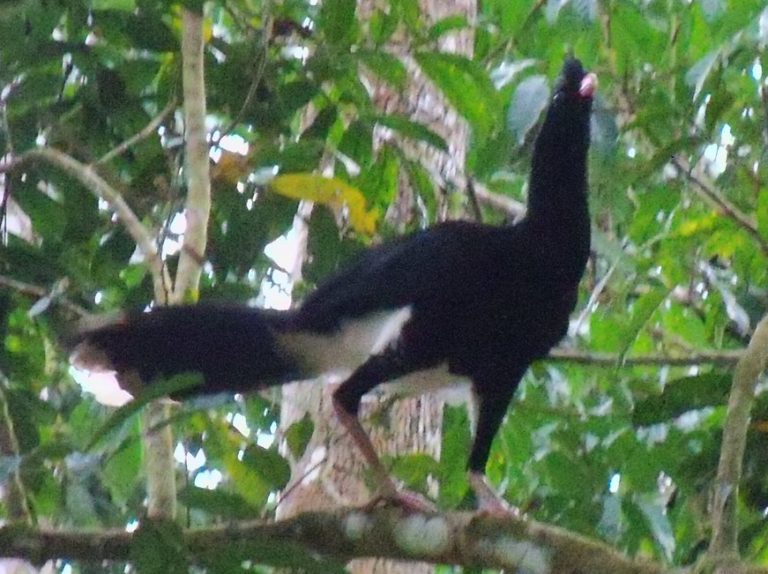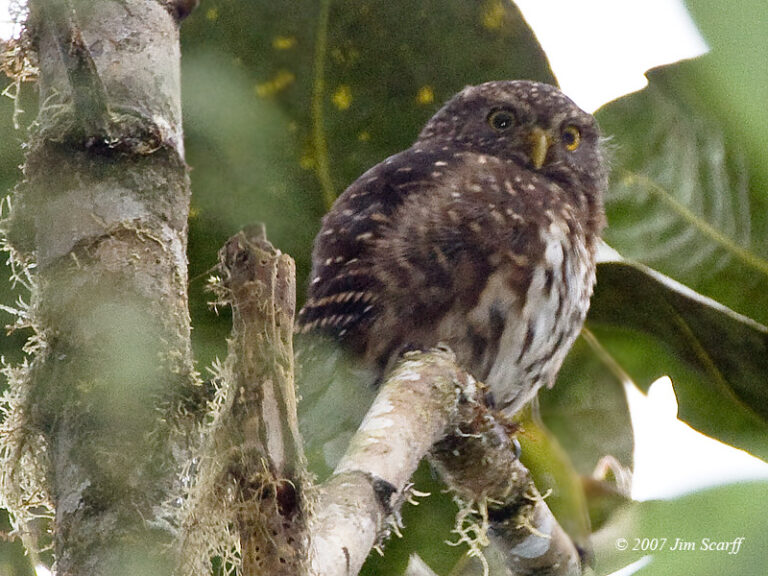Rabbit (Oryctolagus cuniculus)
“There are more than 300 different species!”
Scientific Classification
- Kingdom: Animalia
- Phylum: Chordata
- Class: Mammalia
- Order: Lagomorpha
- Family: Leporidae
- Genus: Oryctolagus
- Scientific Name: Oryctolagus cuniculus
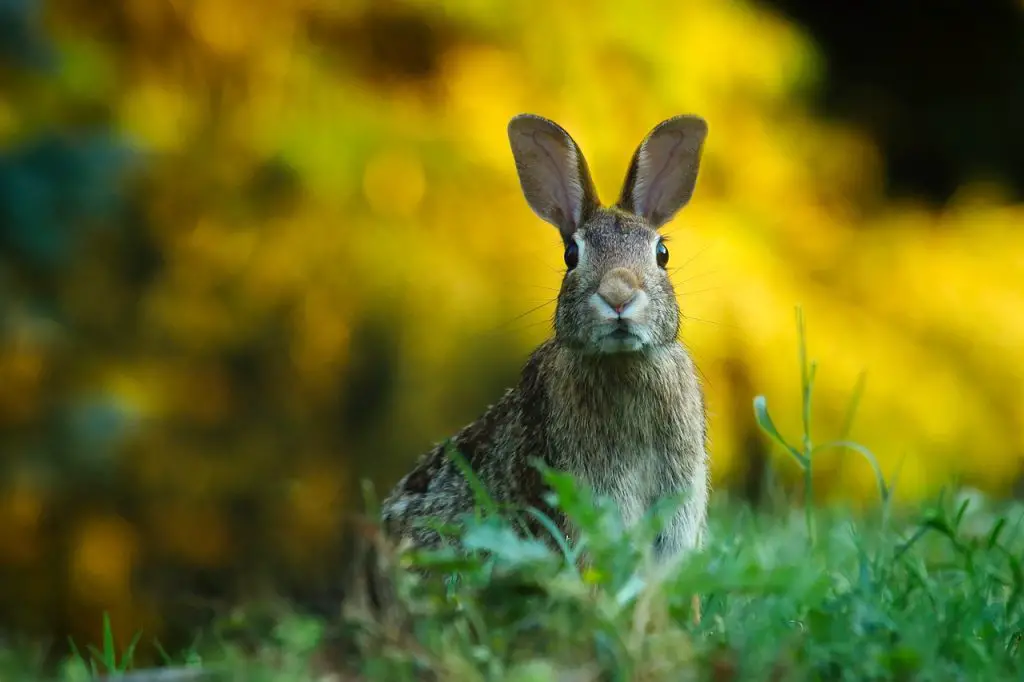
Conservation Status
- Status: Least Concern
Locations
- Regions:
- Africa
- Asia
- Eurasia
- Europe
- North America
Facts
- Main Prey: Clover, grass, crunchy vegetables
- Habitat: Forest thickets, meadows, and woodland
- Predators: Foxes, wolves, bobcats, eagles, owls, coyotes
- Diet: Herbivore
- Average Litter Size: 6
- Lifestyle: Group
- Favorite Food: Clover
- Type: Mammal
- Slogan: There are more than 300 different species!
Physical Characteristics
- Color: Brown, grey, black, white, tan
- Skin Type: Fur
- Lifespan: 4-9 years
- Weight: 0.5-3 kg (1.1-6.6 lbs)
Incredible Facts!
- Can’t vomit: Rabbits have a one-way digestive system, making it impossible for them to vomit.
- A rabbit can see nearly 360 degrees around him: This wide field of vision helps them detect predators from almost any direction.
- Rabbits live in underground tunnels called warrens: Warrens provide protection from predators and harsh weather.
- Rabbits can jump nearly 10 feet in a long jump: Their powerful hind legs allow them to make impressive leaps.
- A rabbit’s teeth grow throughout its lifetime: Continuous growth of teeth ensures they remain effective for eating, as they are worn down by chewing on fibrous plant material.
Scientific Name
The scientific classification of rabbits can vary depending on the specific species being discussed. Generally, they all belong to the order Lagomorpha and the family Leporidae. However, hares, which are closely related, belong to the same order but a different genus.
Key Genera and Species
Genus: Oryctolagus
- Species: Oryctolagus cuniculus
- Common Name: European rabbit (includes all pet rabbits)
Genus: Nesolagus
- Species: Nesolagus netscheri
- Common Name: Sumatran striped rabbit
- Species: Nesolagus timminsi
- Common Name: Annamite striped rabbit
Genus: Pentalagus
- Species: Pentalagus furnessi
- Common Name: Amami rabbit
Genus: Poelagus
- Species: Poelagus marjorita
- Common Name: Central African rabbit
Additional Facts
- There are over 300 different breeds of rabbits within these and other genera.
- Each genus and species has unique characteristics and adaptations to their specific environments.
This detailed taxonomy highlights the diversity within the rabbit family, showing how different species are classified and named scientifically.
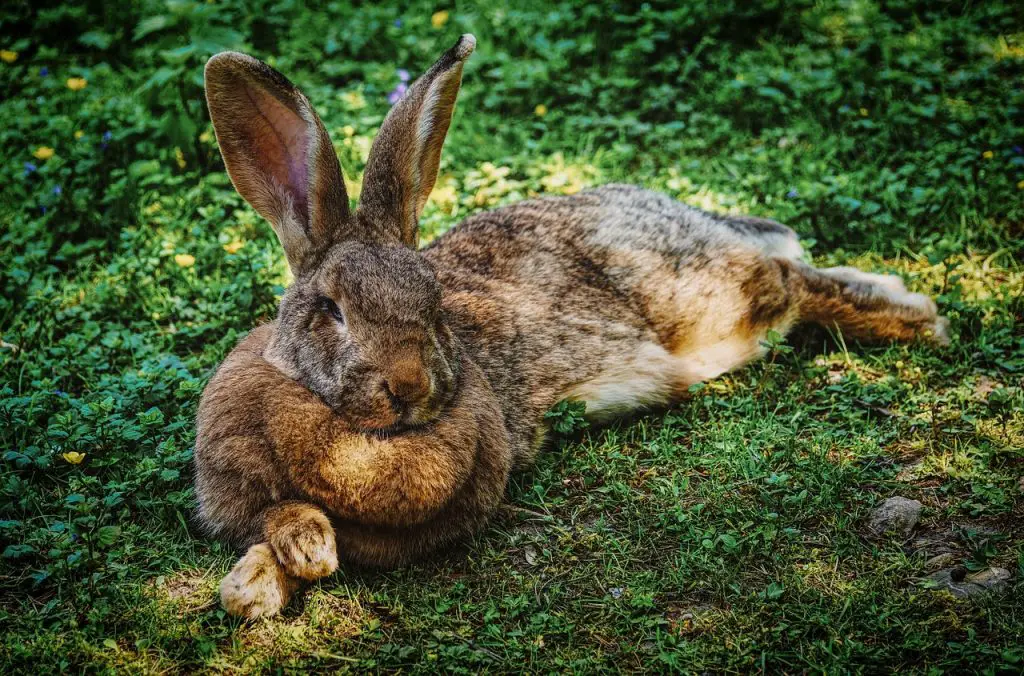
Evolution
Oldest Known Rabbit Ancestor
- Species: Gomphos elkema
- Age: 55 million years old
Evolutionary Characteristics
- Hind Legs: Early lagomorphs, including Gomphos elkema, had longer hind legs compared to their front legs, similar to modern rabbits. This adaptation likely facilitated hopping as a mode of movement.
- Tails: These early ancestors had longer tails compared to modern rabbits.
- Teeth and Jaws: Primitive lagomorphs possessed molar teeth and primitive jaws. Modern rabbits are distinguished by having two sets of incisor teeth, one set positioned behind the other.
Evolutionary Distinctions
- Separation from Rodents: Originally, rabbits were classified with rodents under the class Glires. However, further study revealed significant differences:
- Convergent Evolution: Many similarities between rabbits and rodents are now understood to be the result of convergent evolution, where different species independently evolve similar traits.
- Distinct Classification: Rabbits are no longer grouped with rodents due to these evolutionary distinctions.
Genetic Evidence
- DNA Analysis: Recent genetic studies and the discovery of a common ancestor support the separation of rabbits from rodents. This genetic evidence highlights their unique evolutionary pathway.
This evolutionary history underscores the unique adaptations and evolutionary journey of rabbits, distinguishing them from other similar species and highlighting their distinct classification in the animal kingdom.
Appearance
General Appearance
- Hind Legs: Rabbits have large hind legs which they sit on, providing powerful propulsion for hopping.
- Front Legs: Shorter than their hind legs, aiding in balance and movement.
- Ears:
- Vary in size based on the species.
- Used to radiate heat and help regulate body temperature, especially when the rabbit is running or excited.
- Highly mobile, enabling rabbits to detect sounds and determine the direction of potential predators.
Size Variations
- Pygmy Rabbits:
- Length: About 8 inches
- Weight: Less than 1 pound when fully grown
- Chinchilla Rabbits:
- Weight: About 16 pounds
- Flemish Giants:
- Typical Weight: Up to 22 pounds
- Record Holder: A Flemish giant weighing 49 pounds and measuring 4 feet 3 inches in length
Comparison with Hares
- While hares look similar to rabbits, they are distinct species.
- Ear Function: Like rabbits, hares use their ears to radiate heat and to listen for predators, aiding in their survival in the wild.
This summary highlights the diverse physical characteristics and size ranges found among rabbit species, as well as their adaptations for survival.
Behavior
Escape Tactics
- Shape Utilization: Rabbits use their body shape to help escape from predators, employing different tactics depending on the situation.
- Sitting Still: When needed, rabbits will freeze in place to avoid detection.
- Running: Alternatively, rabbits will quickly bound away from danger using their powerful hind legs.
- Adaptive Strategies: The choice between freezing and fleeing can change as the rabbit is pursued, adapting based on immediate threats.
Movement
- Hopping: Rabbits move in quick, bounding hops to cover ground swiftly and escape predators.
- Freezing: By remaining motionless, rabbits can sometimes avoid detection and evade predators.
Feeding Habits
- Grazing: Initially, rabbits will graze heavily on vegetation for about 30 minutes.
- Coprophagy: To maximize nutrient absorption, rabbits eat their own fecal pellets (coprophagy).
- Process: They consume the partially-digested pellets directly from their anus and chew them again to extract additional nutrients.
Digestion
- Inability to Vomit: Rabbits cannot vomit, which means they must be cautious about their diet.
- Risk of Overeating: Consuming too much of the wrong food can be fatal, as they cannot expel it from their system.
These behaviors illustrate the adaptability and survival strategies of rabbits, highlighting their unique feeding processes and responses to threats.
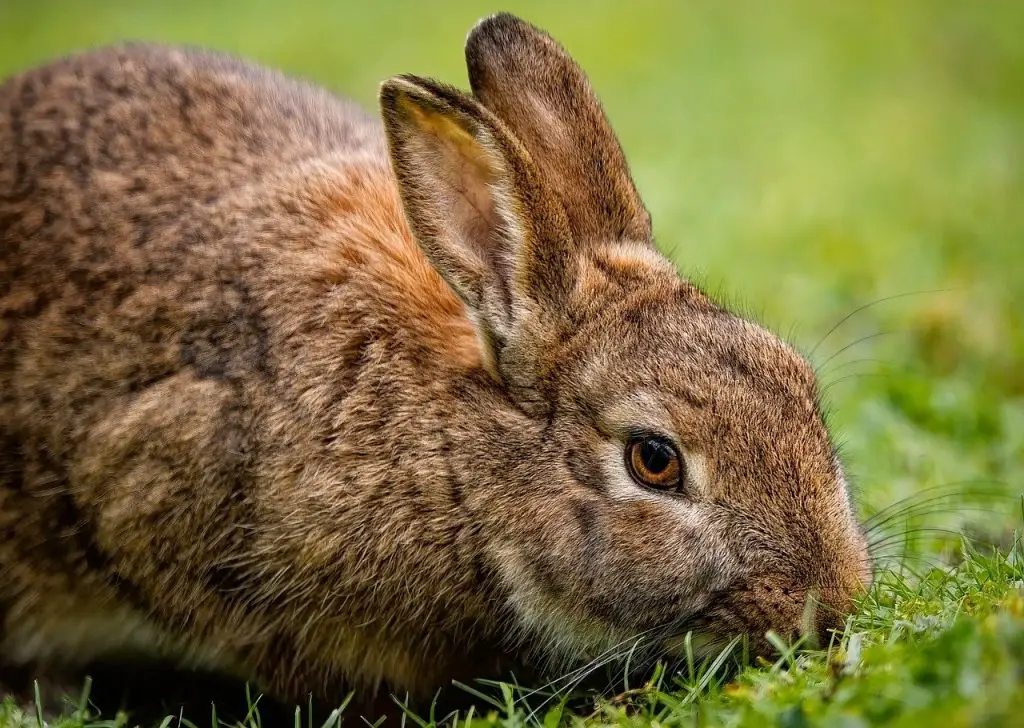
Habitat
Living Arrangements
- Warrens: Many rabbits live in large groups known as warrens. These are underground spaces that rabbits carve out as they move in, providing shelter and protection.
- Group Living: Rabbits in warrens live with other rabbits, forming social groups.
- Habitat Types:
- Meadows
- Deserts
- Woods
- Grasslands
- Wetlands
- Forests
- Open Living: Not all rabbits live in warrens; some species live above ground in more open environments.
Geographic Distribution
- North America: More than half of the world’s rabbit population is found here.
- Other Native Regions:
- Southwest Europe
- Sumatra
- Southeast Asia
- Parts of Japan
- Parts of Africa
- Parts of South America
- Non-native Regions: Rabbits are not typically found in Eurasia or most of South America, although they may be introduced and released in these areas.
This information outlines the social and habitat preferences of rabbits, highlighting their adaptability to different environments and their widespread distribution across various continents.
Diet
Rabbit Feeding and Digestive Process
Diet
- Soft, Grassy Foods: Rabbits primarily consume grass, leafy weeds, and forbs.
- Additional Foods: They also eat fruits, bark, and various other plants found in their habitats, such as woods and meadows.
Digestion
- Initial Digestion: Rabbits digest what they can from their food and excrete the indigestible parts as hard fecal pellets.
- Coprophagy: The soft, nutrient-rich feces are re-eaten to maximize nutrient absorption.
Cecum Function
- Cecum Size: The cecum is a large part of the rabbit’s digestive system, making up about 40% of the digestive tract and being larger than the stomach.
- Role in Digestion: The cecum helps to separate nutrient-rich feces (cecotropes) from waste.
- Cecotropes: These are the “good” feces that are re-eaten by the rabbit to extract additional nutrients.
- Waste Feces: The “bad” feces are excreted and not re-eaten.
Importance of Cecotrophy
- Nutrient Absorption: Re-eating cecotropes is essential for rabbits to fully digest their food and obtain necessary nutrients.
- Survival: This process is crucial for the rabbit’s survival, as it allows them to efficiently use the nutrients in their diet.
This summary outlines the feeding habits and complex digestive process of rabbits, highlighting the importance of coprophagy and the role of the cecum in their digestion.
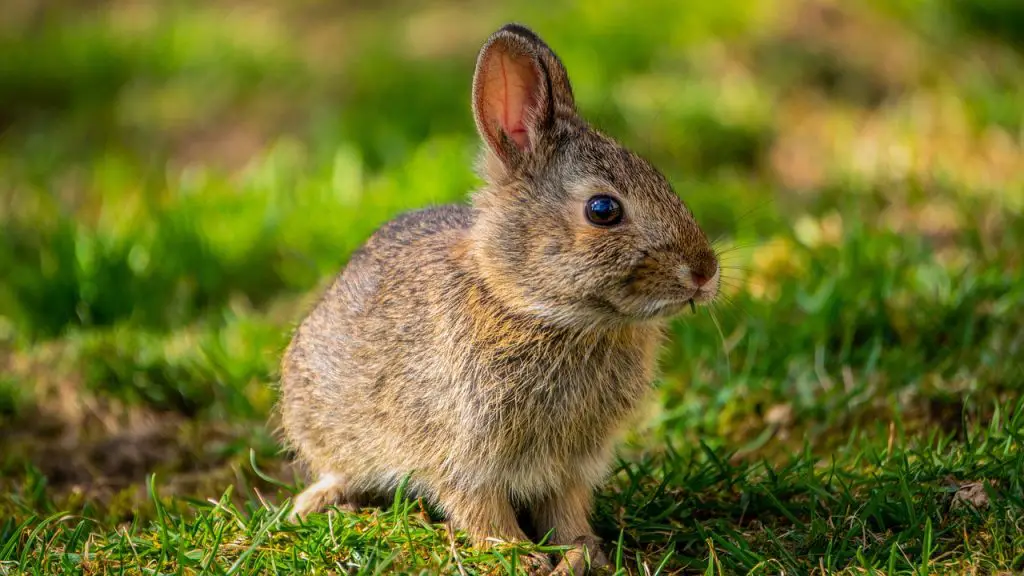
Predators and Threats
Predators
- Common Predators:
- Foxes
- Wolves
- Bobcats
- Eagles
- Owls
- Coyotes
- General: Almost any meat-eating animal that is large enough will prey on rabbits.
Survival Tactics
- Thumping: Rabbits thump their hind legs on the ground as a warning signal when they feel threatened.
- Vision:
- Rabbits have excellent vision, with a significant portion devoted to scanning the sky for aerial predators.
- Escape Strategies:
- Burrowing: When threatened, rabbits may quickly retreat into a nearby burrow.
- Zig-Zag Hopping: To evade predators, they often hop away in a zig-zag pattern, making it harder for predators to catch them.
- Defensive Behavior:
- Biting: Rabbits can use their large teeth to bite if cornered.
- Flight Over Fight: Their primary defense is to escape rather than confront predators.
These behaviors and adaptations help rabbits survive in the wild, allowing them to evade a variety of predators and continue to thrive.
Reproduction, Babies, and Lifespan
Reproduction and Lifecycle
Rabbits reproduce almost anytime two adults come together, as females can conceive virtually throughout the year. When ready to mate, the male, known as the buck, simply mounts the female, or doe, without any formal introduction. It’s advisable to give the buck breaks between breedings to prevent exhaustion from frequent mating.
After insemination by the buck, the doe becomes pregnant and carries the litter of babies, called kittens or kits, for about 30 days. Typically, a mother rabbit gives birth to around six babies. The newborns are born hairless and with closed eyes, entirely reliant on their mother initially. Within a few weeks, they grow stronger and begin exploring their surroundings independently. They stay with their mother for about a month before becoming capable of living on their own. By this time, the mother may already be pregnant again. Rabbits can themselves reproduce by around three months of age.
Lifespan and Health
Pet rabbits can have a notably long lifespan, with the oldest known rabbit living up to 18 years in Tasmania. In contrast, wild rabbits like the eastern cottontail typically live less than a year. On average, rabbits in captivity live between 10 to 12 years.
Rabbits may face health challenges, including common diseases such as Bordetella bronchiseptica and Escherichia coli. They are also susceptible to rabbit hemorrhagic disease (RHD) and myxomatosis. Additionally, rabbits can contract tapeworms and suffer from external parasites like fleas and ticks.
This version provides a clearer and more accessible explanation of rabbit reproduction, lifecycle, lifespan, and common health concerns.
Population
Rabbits are categorized as Least Concern globally, indicating that they are not currently facing significant threats to their populations according to the A to Z Animals website. They generally maintain stable or increasing numbers across many regions where they live, and they are highly adaptable to diverse environments, including those inhabited by humans.
In regions like Eastern Australia, rabbits persist and even thrive despite attempts to manage their population growth. Releasing young rabbits into the wild can intensify their reproductive rates, leading to further population increases. Once established, rabbit populations can be challenging to manage effectively, underscoring the importance of careful consideration before releasing rabbits into non-native habitats.
Types of Rabbits
There are over 305 recognized breeds of domestic rabbits worldwide. Here are some examples:
- Alaska
- Altex
- American Chinchilla
- American Fuzzy Lop
- Angora
- Argente Bleu
- Belgian Hare
- Beveren
- Blanc de Hotot
- Britannia Petite
- Californian
- Cashmere Lop
- Checkered Giant
- Chinchilla
- Continental Giant
- Creme d’Argent
- Dutch
- English Angora
- English Lop
- Flemish Giant
- French Angora
- French Lop
- German Angora
- Giant Chinchilla
- Havana
- Himalayan
- Holland Lop
- Lionhead
- Mini Lop
- Mini Rex
- Netherland Dwarf
- New Zealand
- Polish
- Rex
- Satin Angora
- Silver Marten
- Thrianta
- Velveteen Lop
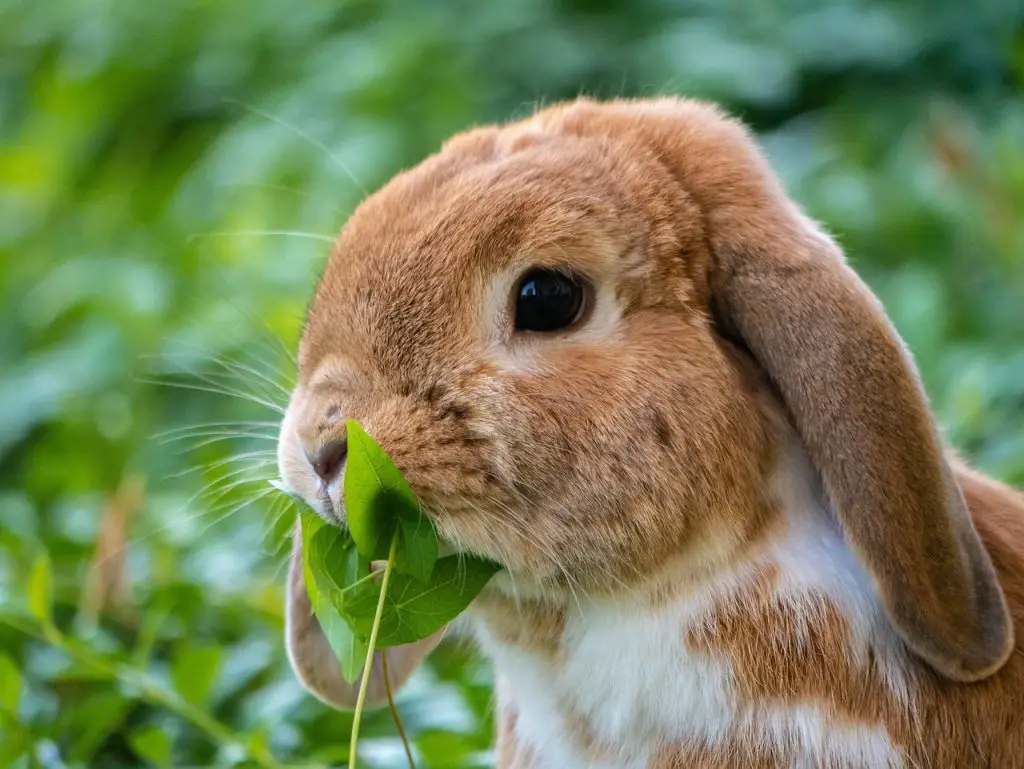
Wild Rabbit Species
- Swamp rabbit (Sylvilagus aquaticus)
- Desert cottontail (Sylvilagus audubonii)
- Brush rabbit (Sylvilagus bachmani)
- Forest rabbit (Sylvilagus brasiliensis)
- Mexican cottontail (Sylvilagus cunicularis)
- Dice’s cottontail (Sylvilagus dicei)
- Eastern cottontail (Sylvilagus floridanus)
- Tres Marias rabbit (Sylvilagus graysoni)
- Omilteme cottontail (Sylvilagus insonus)
- San Jose brush rabbit (Sylvilagus mansuetus)
- Mountain cottontail (Sylvilagus nuttallii)
- Marsh rabbit (Sylvilagus palustris)
- New England cottontail (Sylvilagus transitionalis)
- Volcano rabbit (Romerolagus diazi)
- Sumatran striped rabbit (Nesolagus netscheri)
- Annamite striped rabbit (Nesolagus timminsi)
- Bushman rabbit (Bunolagus monticularis)
- European rabbit (Oryctolagus cuniculus)
- Central African Rabbit (Poelagus marjorita)
Conclusion
Rabbits are fascinating creatures known for their adaptability, diverse domestic breeds numbering over 305 worldwide, and a range of wild species inhabiting various ecosystems. They play important roles in ecosystems as prey animals and have thrived alongside humans in diverse habitats. Their reproductive resilience and ability to breed rapidly in favorable conditions underscore their robust population dynamics. However, their introduction into non-native environments can lead to ecological challenges, highlighting the importance of responsible management and conservation efforts where needed. Overall, rabbits continue to captivate with their unique traits and widespread presence across the globe.
Reference
